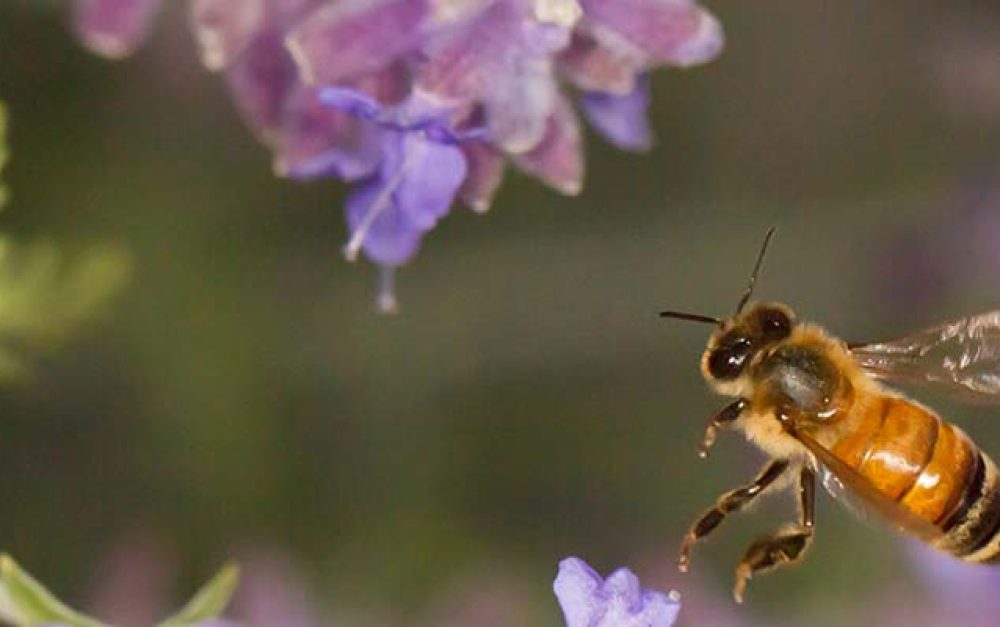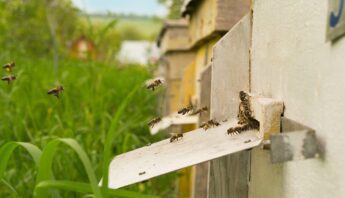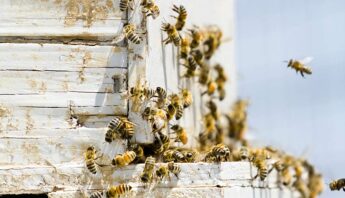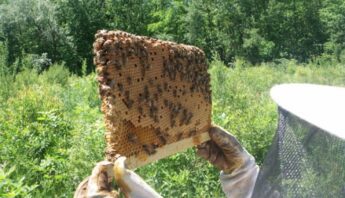In the final days of the Obama administration, the Environmental Protection Agency (EPA) released two Thursday afternoon announcements regarding pollinator health; both fall short of addressing dramatic bee population declines with meaningful action.
In particular, the new guidance policy and four pesticide risk pesticide assessments ignore the most common uses of bee-harming neonicotinoids (“neonics”): seed coatings.
In the first policy announcement, EPA attempted to address the so-called acute risks of bee-harming pesticides, but made clear that “this policy is not a regulation or an order.” The second announcement unveiled draft risk assessments for applications of four neonicotinoids, three of which — clothianidin, dinotefuran and thiamethoxam — hadn’t previously been reviewed by the agency.
Paul Towers, policy advocate and spokesperson for PAN, released the following statement:
“Despite the President’s efforts to launch a national coordinated strategy to address bee declines, EPA has failed to take meaningful action to protect bees. The agency’s latest proposals ignore the urgency of plummeting bee populations and the impacts on beekeepers, farmers and the food and farming system. These latest pesticide assessments are full of gaps and continue to ignore many of the most significant threats from neonicotinoids, particularly when they’re used as seed coatings on common crops.
The scientific community has regularly spoken out on the need to address the threats facing bees and other pollinators, including phasing out the use of chemicals known to harm these vital pollinators. Rather than draft and revise more assessments, EPA should move to phase out neonics, particularly as seed coatings, and provide support for farmers and beekeepers alike to maintain healthy farms.”
Bees are responsible for pollinating one in three bites of food we eat. And pesticides, particularly neonicotinoids, are a key factor in declining populations, along with habitat loss and poor nutrition.
EPA has worked in close coordination with Canada’s Pest Management Regulatory Agency and California’s Department of Pesticide Regulation to analyze the neonic impacts on pollinators. Based on available research, Canada has already took the step to phase out imidacloprid in November 2016. Europe also placed a moratorium on the use of neonic products two years ago.
Contact: Paul Towers, 916-216-1082, ptowers@panna.org







